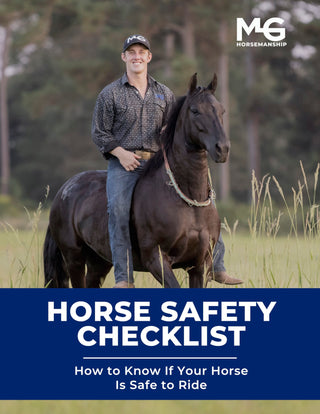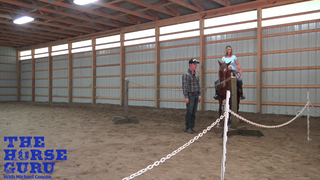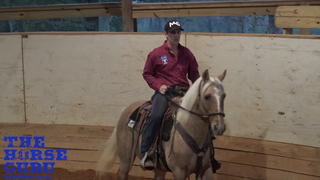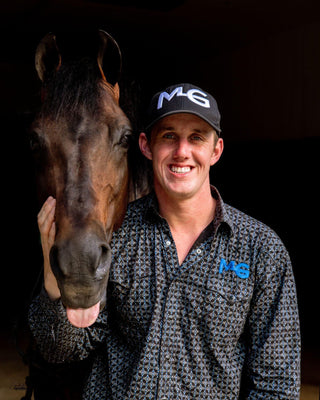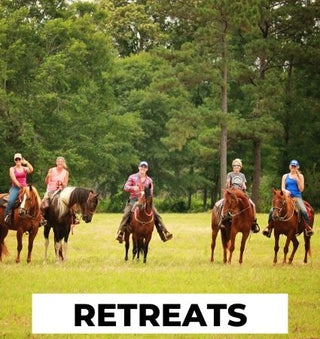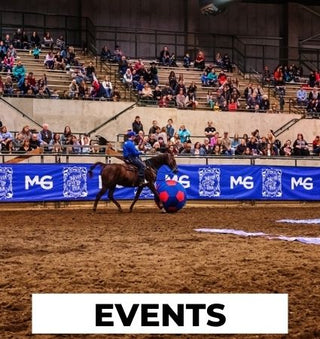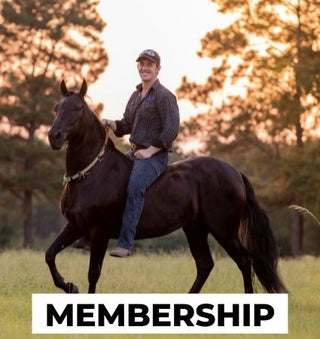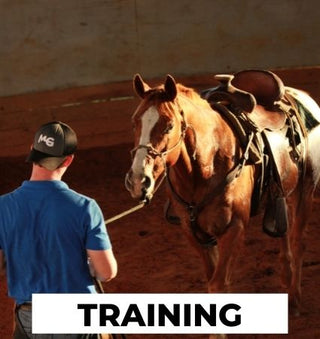Watch the Video Here or continue reading below!
In this insightful 6th Grade Q&A clinic session, renowned horse trainer Michael Gascon answers real-world horsemanship questions from riders working through the Respect Series. Topics range from improving your horse's stop to halter fit, weight placement during turns, transitioning from a snaffle to a rope halter, and addressing rider weight concerns. Whether you're polishing your groundwork or preparing for saddle work, these answers will help refine your communication and build a more respectful, willing horse.
Mastering the 6th Grade: Why Stopping Matters
The 6th Grade in Gascon's Respect Series focuses on stopping—not just any stop, but a confident, full-body cue that gets your horse to plant and stay. One rider shared a common challenge: their horse moves off quietly but gets "bucky" once they start forward. Gascon recommends taking a few moments to disengage, circle, and back the horse until it mentally checks in. This sets the stage for a reliable stop.
When teaching the stop:
-
Extend your arms slightly forward when gathering the reins.
-
Sit back quickly and solidly, using your whole body to create a clear cue.
-
**Repeat the stop until the horse feels like it's "running into something solid."
Your goal is to have the horse associate your seat and rein cue with an instant, planted stop. If your horse stops but then walks off again, correct by backing, circling, or stopping again until the horse learns to stay parked.
Turning on the First Ride: Where Should Your Weight Go?
When starting a young horse under saddle, one question came up: where should you put your weight during a turn? Gascon compares it to a motorcycle—step into the inside stirrup. This puts your weight over the inside of the turn and reinforces your cue. Stepping to the outside not only confuses the horse but also puts you off balance.
Halter Fit Fixes: Keeping It from Riding Up
Another rider struggled with a rope halter that kept riding up the horse’s face. Gascon explained a simple solution:
-
Attach a double-ended clip from the bottom loop to the chin knot.
-
This secures the knot and keeps the halter in place during training.
The rope halter’s “kidney knot” is designed to be adjustable. One halter can fit many horses, but it must be secured before riding to prevent slippage.
Going Bitless: Can You Ride Safely in Just a Halter?
A rider asked if they could transition from a snaffle bit to just using a rope halter. According to Gascon, yes—and often with better results. If the horse has gone through the Respect Series and is soft, desensitized, and responsive, the halter is often more effective than a bit.
He emphasized the importance of training, not tack:
-
Bitless doesn’t mean bridleless.
-
The control comes from the foundation work, not the hardware.
-
Riders who maintain respect cues often feel safer in a halter.
Addressing Rider Weight Concerns: Is There a Limit?
One rider expressed concern over being judged for their size (a US women’s size 14) and wondered if there’s a weight limit for riding. Gascon’s answer was straightforward:
“If your horse is carrying you without soreness or struggle, there's no problem.”
He pointed out that Paso Finos routinely carry 250–280 lb trainers. He emphasized that most riders today work their horses lightly, and weight becomes a concern only in extreme cases or with very small horses like minis or Shetlands. A well-conditioned draft-type or sturdy horse can carry significant weight comfortably.
Quick Takeaways from the Q&A Session
-
Use your whole body when cueing a stop; repeat until your horse stays put.
-
In a turn, shift weight into the inside stirrup to aid balance and direction.
-
Secure rope halters with a double-ended snap to prevent upward slippage.
-
Transitioning to bitless riding is safe if your groundwork is complete.
-
Horse carrying capacity depends more on condition and conformation than your clothing size.
Final Thoughts
Michael Gascon’s 6th Grade Q&A brings clarity to the next level of horsemanship. By reinforcing effective stopping, mindful turning, proper tack fit, and respectful training, you’re setting your horse up for confidence under saddle. Whether you’re dealing with minor bucking, exploring bitless riding, or just seeking more control, Gascon’s methods provide practical tools that help you and your horse succeed.
Keep checking your “brakes” and remember: softness, respect, and consistency always come before speed or gear.

